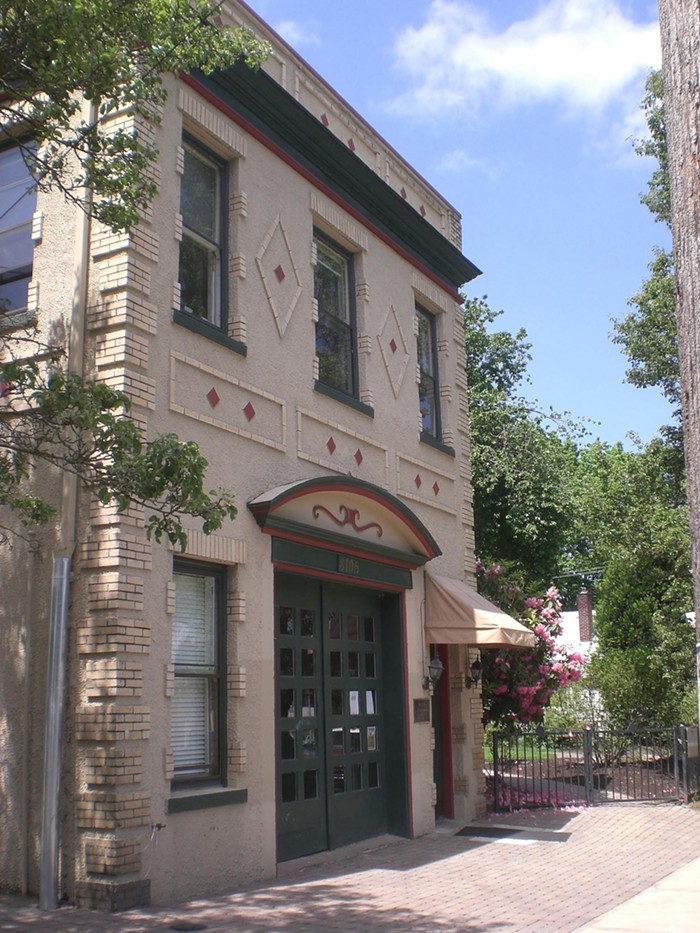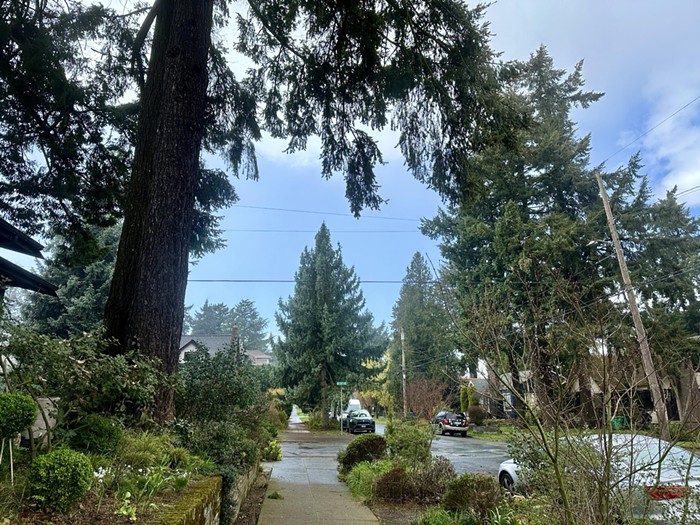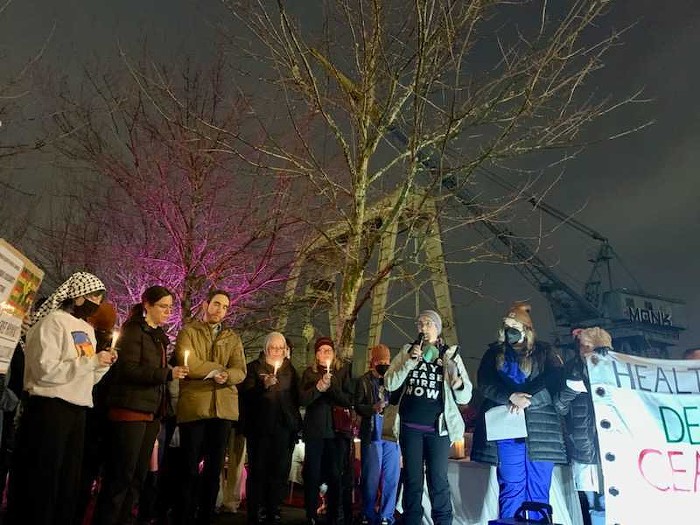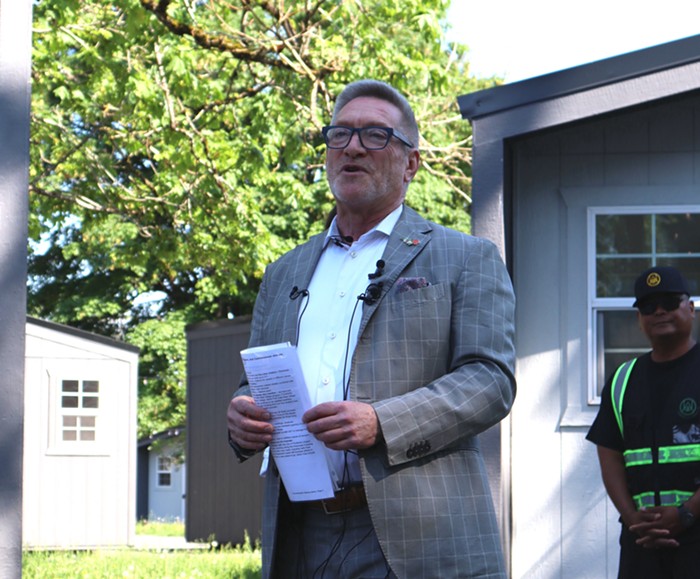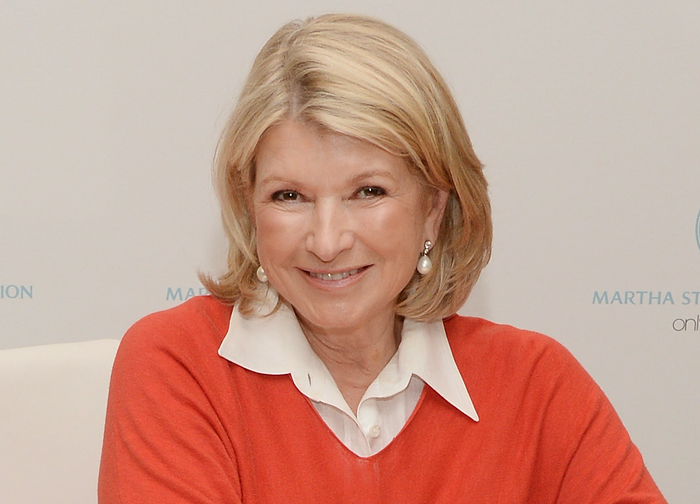Several weeks back, I took a look at Multnomah County's flagging drug court program.
The court's the second of its kind in the country, and has been something of a national darling since it began in 1991. And research suggests it's led to real successes. Drug court—known locally as the Sanctions Treatment Opportunity Progress, or STOP [pdf], program—saved us something like $90 million in jail beds, court costs and other factors in the decade after its inception, one study found [pdf]. Just putting a defendant on the drug court track—as opposed to a more-typical path through the county justice system—costs roughly $1,400 less per person.
But the program's not easy, which is part of the reason why it's being used less than at any point in its 22-year-history. Offenders who enter drug court might have crimes scrubbed from their record, but they're also beholden to social services workers and a judge for at least a year. Some of them take drug tests almost daily.
The reason why I rehash all this is that Jeff Lowe, the deputy district attorney who works with the STOP program, recently sent me some numbers I'd sought for the original story—and they're fairly revealing. The data tracks, in part, the success rates of people who've entered the STOP program from 2004 to 2012. In that time, well under half of the folks who've entered drug court successfully completed the program. Check out the numbers after the jump.

The spreadsheet shows cases that entered STOP court in the last eight years. "Convicted," defendants dropped out of the program and were sentenced by a judge, Lowe explained. "Not Convicted" participants successfully completed the program. "Open/Diverted" cases are a little more tricky. Many of the older ones, Lowe says, are people who've absconded and have warrants out for their arrest. Those 15 open cases from 2004? All fugitives.
But many of the more recent ones account for people still working their way through the program.
All of which is to say that even the record-low numbers of drug court participation I highlighted in the story belie the issue. Less than half of those are actually, successfully using the program. They miss out on treatment, we miss out on savings.
